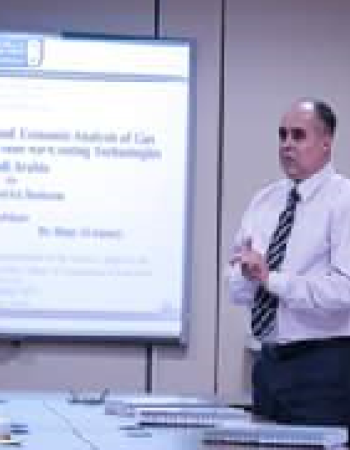Modeling of a Membrane Distillation unit for Desalination
Orfi, Jamel . 2010
We present in this chapter an overview and a state of the art on the Membrane Distillation (MD) process. Such a process is a new, rapidly increasing membrane technology, which can be used for desalination and also for recycling. It is a separation process that involves transport of vapor through porous hydrophobic membranes. The principle, the main applications and the benefits of this separation technique are outlined. Approaches to improve the process performance are also discussed.
A detailed theoretical model for the transport phenomena in an Air Gap Membrane Distillation used for desalination was developed. This model is based on the conservation equations for the mass, momentum, energy and species within the feed water solution as well as on the mass and energy balances on the membrane sides.
In order to enhance the MD process performance, a composite hydrophilic-hydrophobic membrane is proposed in an Air Gap Membrane Distillation (AGMD) unit. The configuration considered here is a vertical tubular one with two concentric tubes. Hot saline water flows inside the inner tube which has a porous hydrophilic-hydrophobic wall. The external tube maintained at a constant and low temperature is the condenser.


